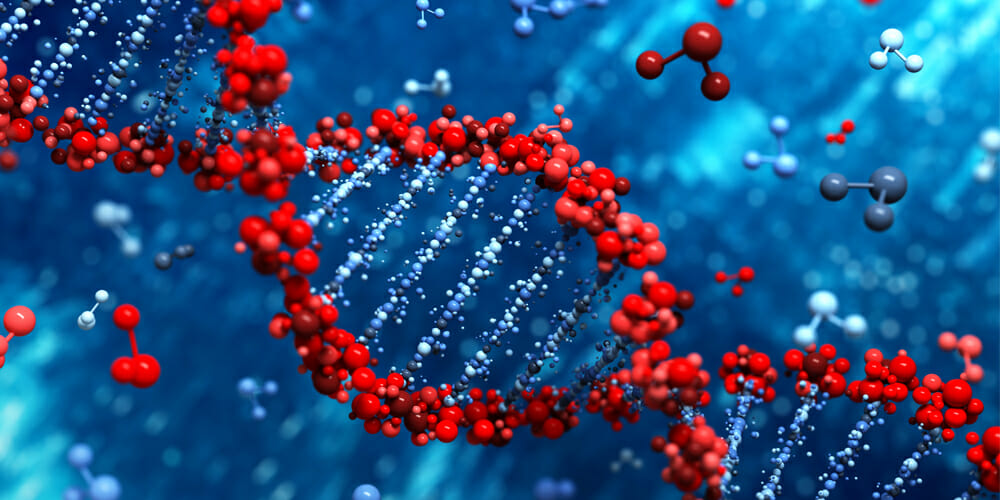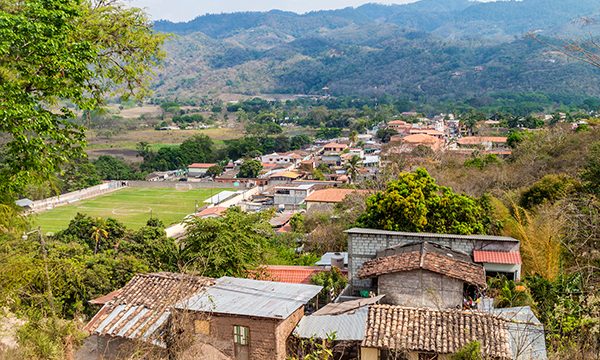Science does not always tell us the whole story.

During one of my frequent visits to the office of my high school headmaster, his individual tutelage yielded a life lesson that I’ve never forgotten. His exact words were, “You think you’re right!” Of course I thought I was right, wouldn’t anyone who thought they were wrong change their mind and then immediately think they are right?
Now that I’m an adult biologist, I still think that I’m right. Inevitably that means I disagree with some other people’s opinions; it is the price I and they pay for being thinking human beings. I think I’m right when I believe that that astrologers can’t tell the future, that priests can’t create the actual body and blood of Christ during the Mass and that geologists can’t really know with certainty that life has existed on Earth for billions of years.
When it comes to the age of life, no human was there to actually see it created, so we have to rely on our interpretation of the evidence. Interestingly, there is one eyewitness account, written in stone by the witness Himself. The fourth commandment in Exodus 20 and 31 records what God wrote with his own finger: “For in six days the Lord made the heavens and the earth, and on the seventh day He rested and was refreshed” (Ex. 31:17). That may not tell us the exact date of the creation, but it does clear up any reasonable question about how long it took, at least according to God.
There is evidence in the Bible of when the creation occurred. It involves adding up the age at which fathers had children and figuring out a reasonable starting point to count back from. In addition, there are things like the genealogy of Jesus stretching all the way back to Adam (Luke 3:23-38) which tie into the more ancient genealogies. Scholars have figured out lots of different ways of adding the numbers, but those who stick with things like logic and data find it difficult to get a biblical creation date more than a few thousand years ago.
Do I as a biologist think that the scientific data point in the same direction? The simple answer is yes. I know, this is tantamount to heresy among those who believe they have it right that life is billions of years old; but when I look at the most informative data most carefully, I see that the scientific evidence, at least in my field, is quite consistent with the biblical record. If you want to know how old something is, first of all you should look at it. The right place to start when investigating when life came into existence, is by looking at living things.
So, we’ll look at 5 lines of evidence — 2 of them in this Part I — from living (and dead) things to see what they suggest about how old life is. Let’s start with dinosaurs, because everyone knows they are cool and that they lived tens of millions of years ago… except for me and some others who are looking at the evidence they have left behind.
Evidence 1: Ancient biomolecules
Mary Schweitzer did something that anyone who knew about fossil dinosaurs wouldn’t have done. She took a fragment of dinosaur bone and put it into a solution that dissolved away the minerals. This is similar in principle to the classic experiment of putting a chicken bone in vinegar. When the mineral component of the bone is dissolved in the vinegar, the protein component is left behind and you can tie the bone in a knot without breaking it. The problem with what Dr. Schweitzer did is that everyone knows that there could be no protein component left in dinosaur bones because proteins don’t last for tens of millions of years.
Proteins, DNA and other big biological molecules are broken by water, oxygen and other chemicals. In addition, they are broken by radiation and, while there isn’t much radiation over the course of a day, over the course of millions of years it really adds up. At least in theory, there should be no protein in dinosaur bones if they are tens of millions of years old. Of course, theory isn’t the same as observation, but when we study modern bones, their proteins break down. Presumably proteins in bones broke down in the past as well.
Knowing that there should not be proteins in dinosaur bones, you can hardly imagine the shock when Schweitzer reported that there was abundant protein in her dinosaur bone samples. The most reasonable explanation would seem to be that the bones are not millions of years old. However, some scientists, including Schweitzer, have suggested that maybe proteins are preserved in the presence of iron, or when they are associated with the mineral part of bone material. These explanations seem quite optimistic.
In addition, it isn’t just protein that has been found associated with fossils, other biological molecules have also been found and I, along with some colleagues, have accumulated hundreds of papers about this from the peer reviewed scientific literature. At least from my perspective as a biologist, suggesting that proteins and other biological molecules have lasted for tens of millions of years is equivalent to claiming a miracle. It is surprising enough that they could have lasted thousands of years buried in the ground.
Evidence 2: Mutations
Every now and then, the chemical letters in DNA molecules are changed. These changes are called mutations and they may be caused by chemical damage to DNA, viral infections, radiation or errors in copying DNA. Mutations are a problem, because DNA contains the recipes for how, when and where to make the proteins in our bodies. Randomly change the recipes and things can go very wrong.
The good thing is that the information encoded in our DNA is remarkably robust, so most of the time, mutations don’t kill us, at least immediately. When a mutation is really bad, generally the person with it dies, so it isn’t passed on to their children. But what about those mutations that are just a little bit negative, but don’t kill you? These are called “near neutral” mutations and, while they don’t immediately kill people, they are not weeded out by natural selection and so they accumulate in human’s DNA.
There are different estimates of how fast mutations are accumulating, but commonly they run above 100 mutations per person per generation. It is good thing that most mutations are near neutral, but they are still thought to have a small cumulative negative effect. At our current mutation rate, eventually, the recipes for the vital proteins in our bodies will inevitably be corrupted to the point that we can’t survive.
Humans are thought to be in something called “error catastrophe,” which means that we are mutating so fast that the human race can’t last forever. The same is probably true for other organisms. So, if we can’t last forever, how long can we last? Time will tell, but millions of years seems way too optimistic. It thus seems depressingly obvious that humans and other organisms probably haven’t been around for millions of years and are unlikely to last too many thousands of years longer. Even unbelievers should be hoping that Jesus comes soon and does a new creation; otherwise, we have little hope for the future.
In Part II we will analyze three additional lines of evidence about the origin of life.









